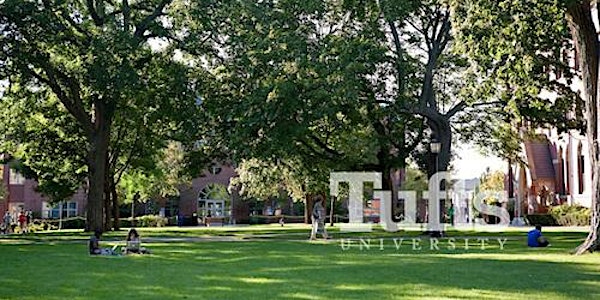Protecting Civilian Institutions and Infrastructure from Cyber Operations: Designing International Law and Organizations
Protecting Civilian Institutions and Infrastructure from Cyber Operations: Designing International Law and Organizations
For the complete schedule of conference events, featured speakers, and more about the Center, please visit our website: sites.tufts.edu/cilg
The new Center for International Law and Governance at the Fletcher School of Law and Diplomacy has undertaken, as its inaugural project, to mount an interdisciplinary effort to evaluate the need, structure, and possibility for international law and organization to protect civilians from government-initiated cyber-attacks in peacetime.
The mission of the Center is to promote sustainable and pragmatic solutions to managing global challenges, drawing on expertise from multiple disciplines. This project will proceed through coordinated research by a group of private sector experts, government personnel, and scholars, to be presented at the conference.
The format of the project is a series of studies on different aspects of the topic: (i) attribution, (ii) standards for industry robustness, (iii) export controls to limit proliferation, (iv) vulnerability disclosure, and (v) compliance. For each study, we have invited a legal, social science or governmental expert and a computer scientist or other technical expert to co-author a paper. At the conference, we will have other experts to comment on the studies. The papers are expected to be published in the European Journal of
International Law .
The overarching goal of the project is to integrate technical knowledge with legal analysis in order to evaluate and propose international legal and institutional arrangements for protecting civilian institutions and infrastructure. These could range from hard law overseen by formal multilateral intergovernmental institutions to voluntary standards implemented by a group of like-minded countries and/or private sector actors. For each paper we have asked the authors to explain the nature of the problem, the technical issues involved, and the potential legal/institutional responses.
Protecting Civilian Institutions and Infrastructure from Cyber Operations: Designing International Law and Organizations
For the complete schedule of conference events, featured speakers, and more about the Center, please visit our website: sites.tufts.edu/cilg
The new Center for International Law and Governance at the Fletcher School of Law and Diplomacy has undertaken, as its inaugural project, to mount an interdisciplinary effort to evaluate the need, structure, and possibility for international law and organization to protect civilians from government-initiated cyber-attacks in peacetime.
The mission of the Center is to promote sustainable and pragmatic solutions to managing global challenges, drawing on expertise from multiple disciplines. This project will proceed through coordinated research by a group of private sector experts, government personnel, and scholars, to be presented at the conference.
The format of the project is a series of studies on different aspects of the topic: (i) attribution, (ii) standards for industry robustness, (iii) export controls to limit proliferation, (iv) vulnerability disclosure, and (v) compliance. For each study, we have invited a legal, social science or governmental expert and a computer scientist or other technical expert to co-author a paper. At the conference, we will have other experts to comment on the studies. The papers are expected to be published in the European Journal of
International Law .
The overarching goal of the project is to integrate technical knowledge with legal analysis in order to evaluate and propose international legal and institutional arrangements for protecting civilian institutions and infrastructure. These could range from hard law overseen by formal multilateral intergovernmental institutions to voluntary standards implemented by a group of like-minded countries and/or private sector actors. For each paper we have asked the authors to explain the nature of the problem, the technical issues involved, and the potential legal/institutional responses.
